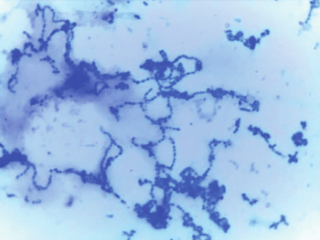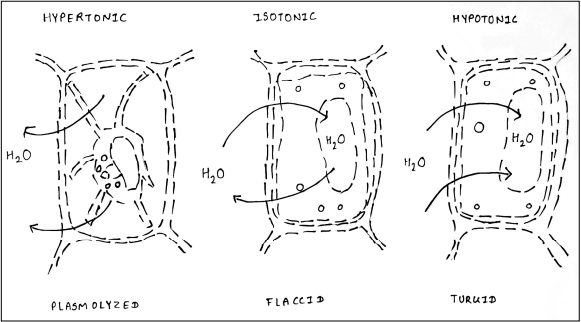Yogurt is part of our diet from ancient time. It is been produced and consumed from thousand of years. It is obtained from milk. The lactose sugar of milk is fermented by Lactobacillus delbrueckii subsp. bulgaricus and convert it to produce lactic acid, forming yogurt and tastes sour. There are many other lactose fermenting bacteria are Lactobacillus acidophilus or casei, Streptococcus salivarius subsp. thermophilus and Bifidobacterium bifidus. The yogurt is prepared by inoculating the inoculum in the warm milk and incubated for 6 to 8 hours at room temperature or incubator.
To prepare yogurt, milk of buffalo, cow, sheep, goat, yaks and camel. Out of those, cows and buffaloes yogurt is more preferred. The yogurt is nutritionally rich with protein, healthy fat, calcium, minerals and vitamins. The yogurt contains live bacteria and hence it is considered as one of the best probiotics. It is recommended for better digestion of food. The given experiment allows to observe bacteria of microscope.
Materials for observation of yogurt-
- Microscope slides
- Cover slips
- Yogurt with live culture
- Toothpicks
- Paper towels or tissues
- Methylene blue solution (0.5 to 1%) Optional
Procedure for observation of yogurt –
- Take a microscopic slide and wash and dry it. Wipe it with alcohol.
- Take a small drop of yogurt with a dropper.
- Prepare a smear of it and heat fix it.
- Stain the smear with methylene blue. Bacteria of yogurt can also be observed without staining.
- Place a coverslip.
- Remove the excess of stain around the coverslip.
- Observe it under microscope.
Observation –
Rod and spherical shaped bacteria are observed.
- Lactobacillus bulgaricus (rod shaped)
- Streptococcus thermophilus (spherical)
Conclusion –
It is an interesting practical activity for students to observe the fermenting bacteria from yogurt. The bacteria can be observed stained and unstained. The yogurt bacteria are non pathogenic and hence safe to handle.
Curiosity box –
If the yogurt smear is stained with gram staining, what color or stain the lactose fermenting bacteria would take?
References –
http://www.milkfacts.info/Milk%20Processing/Yogurt%20Production.htm


